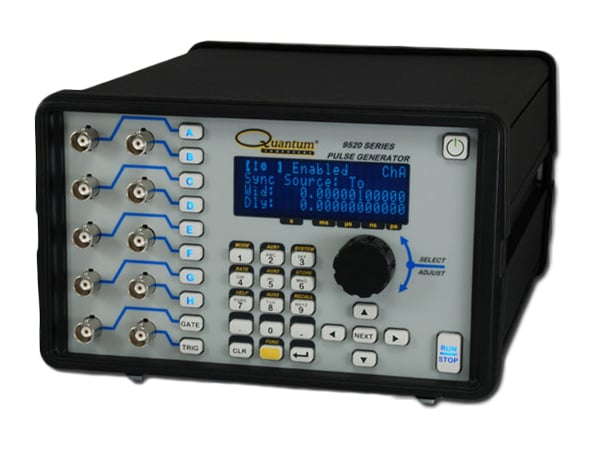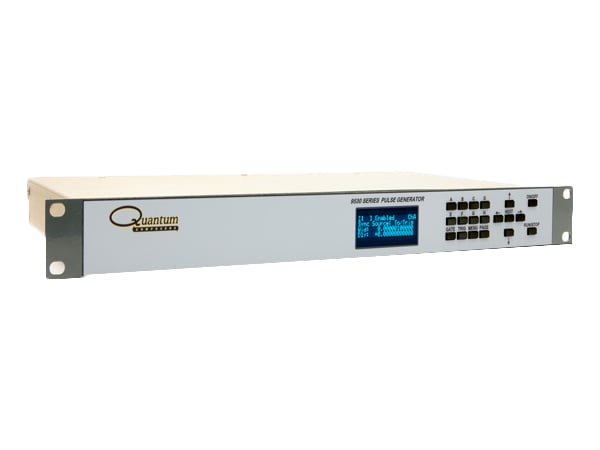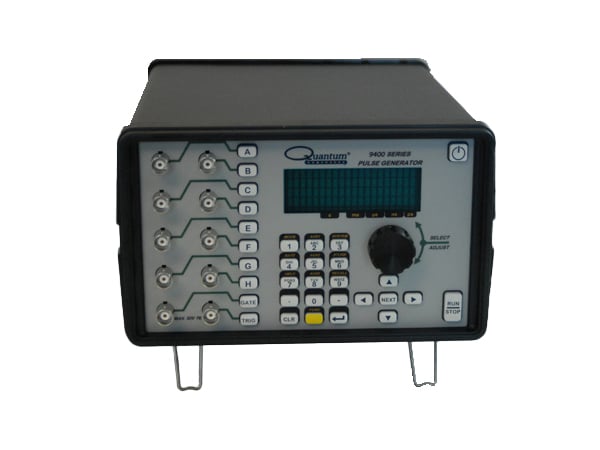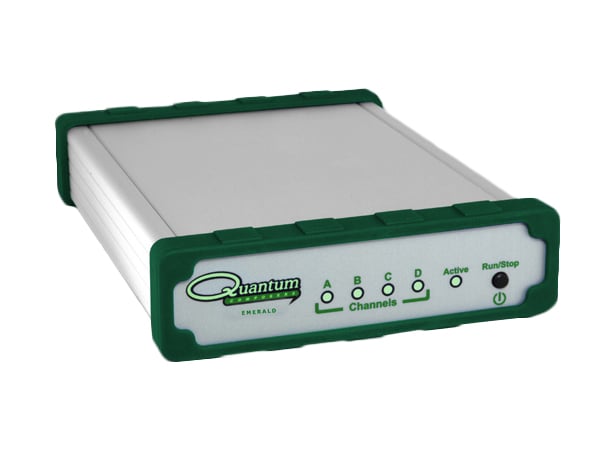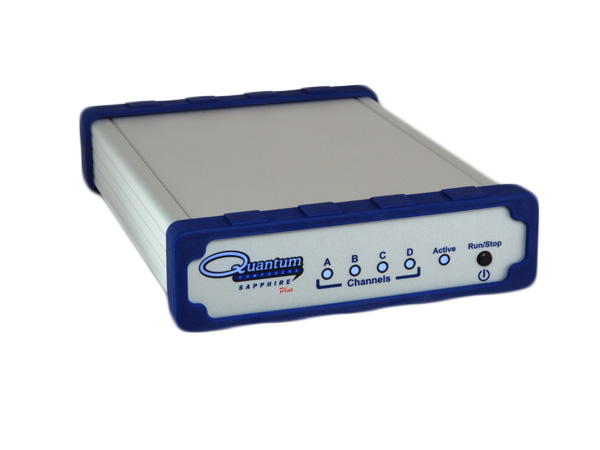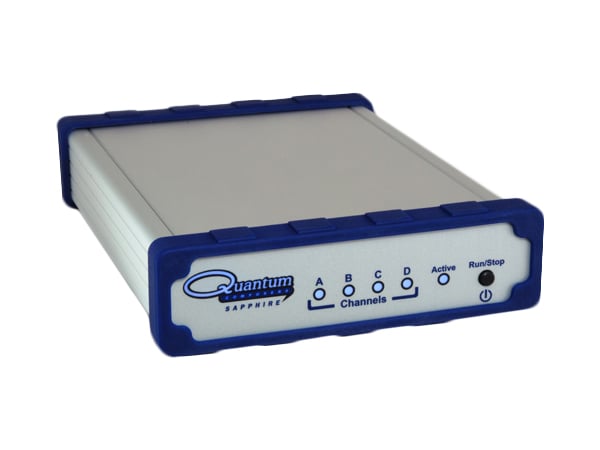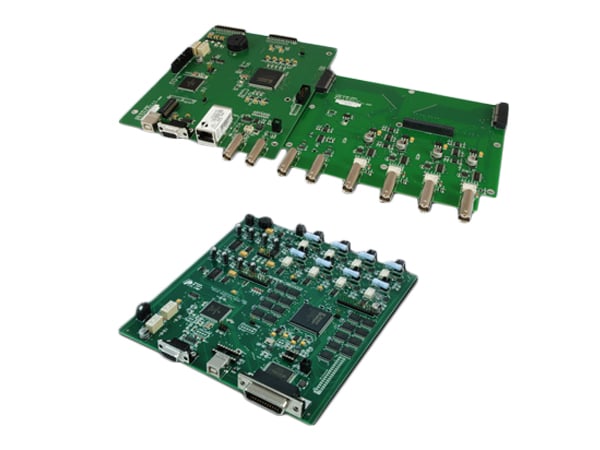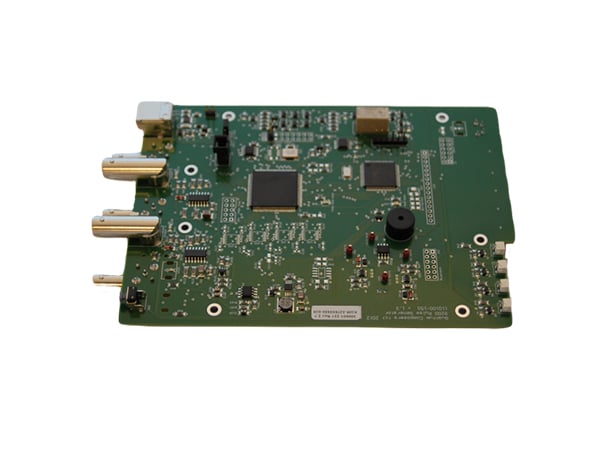Share this
Spotlight on the Pulse Generator
October 2, 2023
Understanding the ins and outs of the pulse generator, especially its features and functions, will help you get the most out of this irreplaceable device, leading to more accurate results in your experiment.
Pulse Width
Pulse width is a measure of the elapsed time between the rise and fall of a single pulse of energy. Operators can adjust pulse width to change the amount of power being emitted, making pulse width an important measurement for efficient power use.
Pulse width modulation (PWM) is a method of adjusting the pulse width and controlling the amount of power that’s delivered to your system. This can be used to regulate the speed of a motor, the brightness of an LED, and when generating an audio signal. Having control of your power output is crucial to creating a solid testing environment in any application.
Timing and Synchronization
Along with pulse width, delay, and repetition rate are key factors in precision timing. Many times, researchers will be coordinating multiple systems in their testing. Having an accurate timing function in your pulse generator is crucial to keeping these systems coordinated and precise.
Quantum Composers’ pulse generators offer resolution from 250 ps to 10 ns to give you maximum control and flexibility over the timing and synchronization. Looking for a resolution up to 250ps will bring you maximum control and flexibility.
Jitter
Jitter is indicative of performance. Depending on the nature of your experiment, you may need a pulse generator with low jitter (otherwise known as phase noise). A low jitter is not always needed but, in some applications, finding a pulse generator with low jitter is necessary to test accuracy. For that reason, knowing your tolerance for jitter is important when selecting a pulse generator.
In applications like digital communication systems and telecommunications, having a low jitter is important to keep data transmission clean. Laser and optoelectronic systems benefit from low jitter to achieve precise synchronization or modulation. Channel to channel, Quantum offers pulse generators with jitter between 250ps and 50ps, meaning you’re sure to find one that meets your testing requirements.
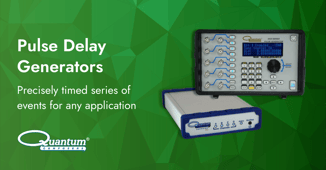 Our web store just received an upgrade! See the specs and shop for Pulse Generators designed to fit your needs.
Our web store just received an upgrade! See the specs and shop for Pulse Generators designed to fit your needs.Pulse Generators at a Glance:
9520 Benchtop Series
High-precision benchtop modular unit for customizing multiple pulses and triggers for the simple to the complex.
9530 Series
High-precision and quality timing and synchronization in a rackmount form factor.
9420 Series
High-quality, workhorse unit for most general applications.
9250 Emerald Series
Designed to give you an affordable yet high-resolution system synchronizer in a compact footprint.
9200+ Sapphire Series
Feature-rich, high-performance, compact, and affordable for those looking for more precise resolution and jitter.
9200 Sapphire Series
Perfect for those on a budget. Compact and affordable.
8500 Series Level Board Level
All functionality of the standard pulse generators in an easy-to-integrate package.
8200 Series Board Level
A cost-effective way to create and synchronize multiple sequences, delayed triggering, or any precisely timed series of events.
Share this
- photonics (19)
- Lasers (12)
- DPSS Lasers (10)
- pulse delay generator (8)
- pulse generator (8)
- LIDAR (4)
- Lasers and Optics (4)
- Technology (4)
- Laboratory Science (3)
- Nd:YAG Lasers (3)
- PIV (3)
- Science (3)
- Spectroscopy (3)
- custom laser systems (3)
- Aerospace studies (2)
- Commercial Lasers (2)
- LIBS (2)
- Laser Induced Breakdown Spectroscopy (2)
- Laser Research (2)
- Laser Science (2)
- Particle Image Velocimetry (2)
- Pulsed Lasers (2)
- custom lasers (2)
- laser ablation (2)
- laser system (2)
- Biotech (1)
- COVID (1)
- Cancer (1)
- Cancer Diagnostics (1)
- Cancer Research (1)
- Current Generators (1)
- Dentistry (1)
- Emerald Pulse Generator (1)
- Flame Kernel (1)
- High Current Pulse Generator (1)
- Ignition and Combustion (1)
- Ignition flame kernel (1)
- Laser Dentistry (1)
- Laser Manufacturing (1)
- Laser Soldering (1)
- Laser Tooth (1)
- Laser aerospace (1)
- Laser photonics (1)
- MDA (1)
- Mass Spectroscopy (1)
- Micro Soldering (1)
- PIV Laser (1)
- Physics (1)
- Research (1)
- Surface mounted technology (1)
- ablation (1)
- artemis nasa (1)
- blue lasers (1)
- delay generator (1)
- er marketing (1)
- laser attenuator (1)
- laser modules (1)
- laser quality (1)
- laser sales and marketing (1)
- laser synchronizer (1)
- lasers for botanical safety (1)
- lasers for cannabis (1)
- lasers purity (1)
- lasers space (1)
- lunar mission 2021 (1)
- lunar missions (1)
- nasa lasers (1)
- nasa payload (1)
- oem lasers (1)
- photonics sales and marketing (1)
- system synchronizer (1)
- February 2024 (1)
- October 2023 (1)
- December 2022 (1)
- November 2022 (2)
- July 2022 (1)
- May 2022 (1)
- March 2022 (1)
- January 2022 (1)
- December 2021 (2)
- November 2021 (2)
- September 2021 (1)
- August 2021 (1)
- July 2021 (2)
- June 2021 (1)
- May 2021 (2)
- April 2021 (1)
- March 2021 (3)
- February 2021 (1)
- January 2021 (2)
- December 2020 (1)
- November 2020 (2)
- October 2020 (2)
- September 2020 (4)
- August 2020 (3)
- July 2020 (3)
- June 2020 (4)
- May 2020 (2)
- April 2020 (6)
- March 2020 (3)
- February 2020 (3)
- December 2019 (2)
- November 2019 (3)
- October 2019 (2)
- September 2019 (1)
- August 2019 (2)
- May 2019 (1)
- April 2019 (1)
- February 2019 (1)
- October 2018 (2)
- September 2018 (2)
- August 2018 (2)
- July 2018 (1)
- June 2018 (1)
- April 2018 (1)
- March 2018 (1)
- February 2018 (1)
- January 2018 (1)
- December 2017 (2)
- September 2017 (3)
- July 2017 (2)
- June 2017 (2)
- March 2017 (4)
- January 2017 (2)
- November 2016 (2)
- September 2016 (2)
- August 2016 (1)
- May 2016 (1)
- April 2016 (1)
- March 2016 (2)
- December 2015 (2)
- October 2015 (2)
- September 2015 (1)


